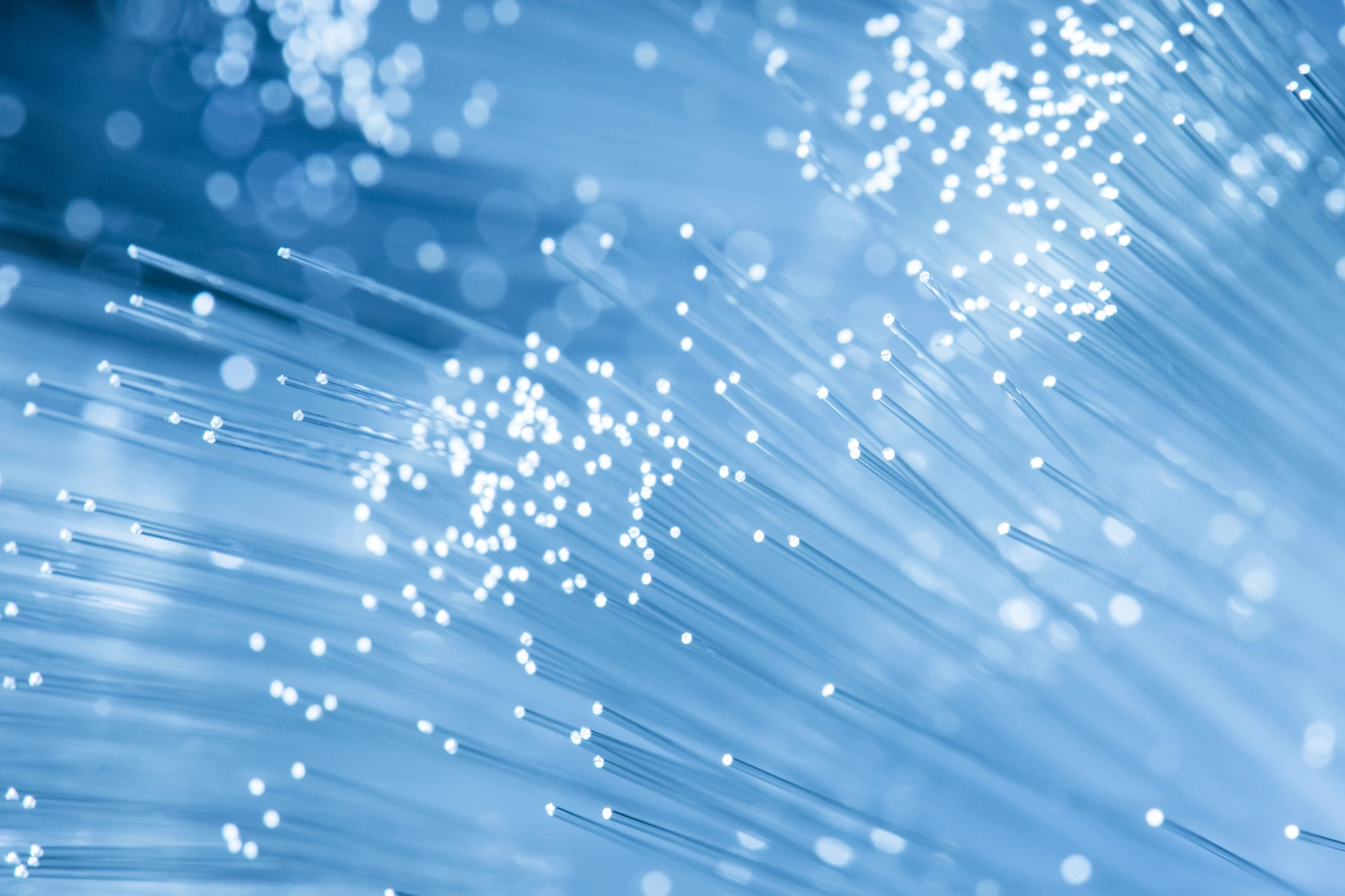Optical fibers are already used in many fields, but they would have even more applications if they could be manufactured faster and cheaper. An experimental new process is claimed to deliver on both counts, and it utilizes mostly existing technologies.
Although optical fibers can be produced in a number of ways, the most common technique involves starting with a short, fat, cylindrical version of the fiber, known as a preform. This is hung vertically from a tall "fiber drawing tower" and its lower end is heated, causing it to melt. Gravity then causes a thin thread of the melted material to stretch down the length of the tower. After cooling and going through a curing process, that thread becomes the finished optical fiber.
Prof. Cristiano Cordeiro, of Brazil's University of Campinas, has developed an alternative system that he says can fit on a work bench, takes less than an hour to produce fibers, and is "at least 100 times cheaper" than traditional methods. It incorporates an off-the-shelf filament extruder, which is a device about the size of a microwave oven, that is normally used to manufacture the plastic filaments used as feedstock in 3D printers.
In Cordeiro's setup, transparent thermoplastic polymer pellets are fed into the device, which subsequently melts them and extrudes the molten material through a custom-made titanium nozzle. Depending on how that nozzle is configured, the thin fiber that's extruded can either be solid or it can have multiple air channels running lengthwise through its interior – the latter is called a microstructured optical fiber, or MOF.
After being extruded, the fiber is pulled through an adjacent set of rollers. This holds it taut as it's cooling and setting, so that any channels within it don't collapse in upon themselves.
Not only is the whole process claimed to be faster, less expensive and more compact than conventional techniques, but the length of the fibers is limited only by the number of pellets that are available to be fed into the extruder. By contrast, utilizing the fiber drawing tower method, the length of fibers is limited by the size of the preform.
The research is described in a paper that was recently published in the journal Scientific Reports.
Source: FAPESP




